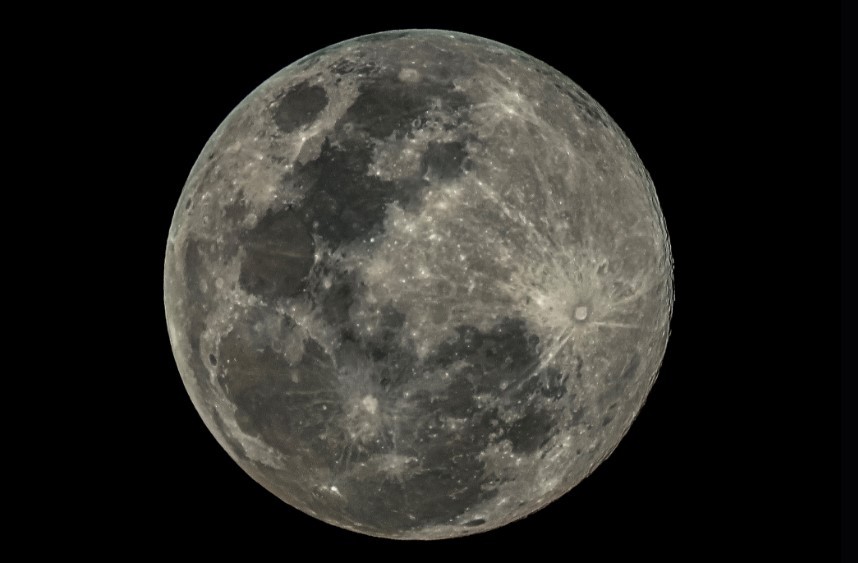
The first full moon of 2025, known as the Wolf Moon, is lighting up the night sky this January. This celestial event marks not only the year's first full moon but also the final supermoon in a series of four consecutive ones.
As it illuminates the heavens, a rare cosmic event involving Mars adds extra excitement to the month.
Why Is It Called the Wolf Moon? Exploring January's Celestial Tradition
The Wolf Moon, named after the haunting howls of wolves heard during the long, cold nights of January, gets its title from folklore and traditions.
According to the Old Farmer's Almanac, this name is tied to the belief that wolves were particularly vocal during the harsh winters.
While wolves indeed howl, there's no scientific link between their vocalizations and the moon itself.
According to Newsweek, other names for this full moon include the Ice Moon and the Moon After Yule, reflecting its wintry timing.
The Wolf Moon will reach its peak brightness on Monday, January 13, at 5:27 pm Eastern Time. It will rise shortly before at 4:28 pm ET and remain visible until 8:09 am ET the next morning.
Though it technically peaks for only a moment, the moon will appear full to the naked eye for about three days, giving stargazers ample time to enjoy its glow.
How to Watch the Wolf Moon and Mars Occultation This Week
Adding to the Wolf Moon's allure is a rare celestial alignment known as the lunar occultation of Mars.
On January 13, the moon will pass directly in front of Mars, briefly hiding the red planet from view. This cosmic game of hide-and-seek is an unusual event caused by the moon's orbit crossing the flat plane of the solar system, called the ecliptic.
For viewers in New York, Mars will vanish behind the moon around 9 pm ET and reappear about an hour later.
In cities further west, Mars will already be obscured when the moon rises but will reappear later in the evening, USA Today reported.
To spot Mars, look for a bright reddish dot near the glowing full moon. Binoculars or a small telescope can enhance the view.
The celestial show doesn't end with the Wolf Moon. On January 15, Mars will reach its brightest point, and on January 18, Venus and Saturn will align closely in the night sky. For experienced stargazers, a rare comet named C/2024 G3 (ATLAS) might also be visible near the constellation Sagittarius later in the month.
© 2025 NatureWorldNews.com All rights reserved. Do not reproduce without permission.





